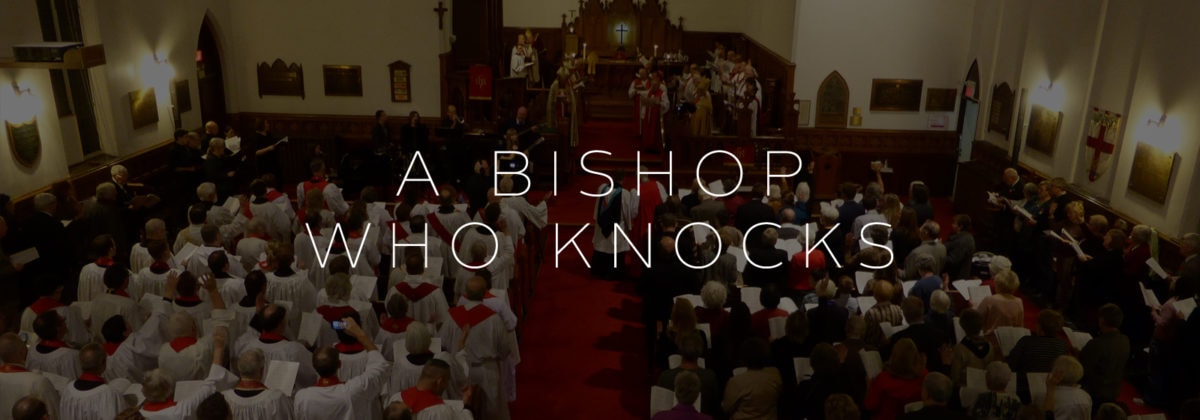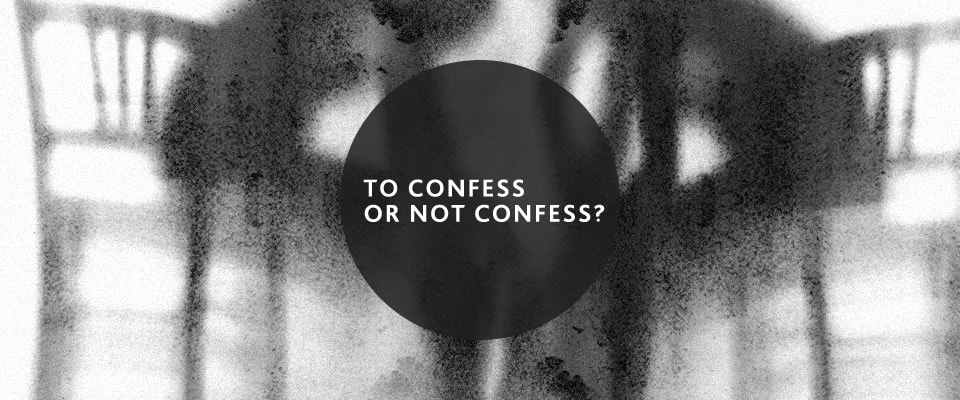“Blessed are those who hunger and thirst for righteousness, for they shall be filled.”
I would argue hunger is not a particularly attractive state of being in our cultural moment.
Or maybe it’s just me, a white, middle class, 20-something female, that gets bombarded with messages on Instagram of how I am supposed to be smaller, thinner, wispier. Eat healthier, cleaner, less. Hungry Man does not advertise to me. Hunger is something to be suppressed and minimized. When people offer me food, according to this cultural narrative I see and hear, we are supposed to say, “oh no thank you, I really should not,” as if my hunger is shameful, wrong, or simply too much.
Here’s the thing though: the gospel is meaty. It isn’t wispy or thin or “clean” or cut. There is no diet option, especially in the Sermon on the Mount. It’s a full spread of steak and potatoes with dessert to follow. And if that has your stomach growling, that’s because you were made that way, physically and spiritually.
And yet we pass on it. Why?
Perhaps because of its very hearty nature. It’s just too filling– too much to swallow. Perhaps because of what it asks of us. Perhaps because it’s too vulnerable; it requires too much trust in something other than ourselves. Perhaps we are just mad at it, which would not be illogical.
Or perhaps because “righteousness”– while we are on the topic of things that have become unattractive in our modern era– is just not that easy. Quite frankly, it’s daunting.
To be “right” before God, as in the omniscient, omnipotent, creator of the universe God? That God?
Yes, that God. And no, thank you. I could never measure up.
To you who are hungering, but passing up food, Jesus feeds freely. There are no rules about how much grace you can or cannot take in his presence.
To you who are hungering, but passing up food, Jesus feeds freely. There are no rules about how much grace you can or cannot take in his presence.
The standard of righteousness set by Jesus throughout the gospel stories, and particularly in his sermon here, is an overwhelmingly high bar. For us achiever types, it just feels like torture. “Just give me the rules, Jesus. I will follow them to a T.”
But Jesus isn’t interested in a quick 101 session here. He is, on the one hand, promising the best life for which anyone could ever dream, and on the other hand, telling his followers it will cost them everything. Tough sell.
But if we know anything about Jesus, it’s that where the bar has been set high, a vat–no a sea– of mercy sits beneath it. And while he himself is the bar, the gold standard, the perfect example, he dwells at the bottom of that sea and meets us there every time. Mercy.
So to you who are hungering, but passing up food, Jesus feeds freely. There are no rules about how much grace you can or cannot take in his presence. He simply says, “let me cook you breakfast.”
One analogy in particular makes so much sense to me when I think of our hunger and the table God has set for us. I am hoping it makes sense to at least one of you as well.
At St. Peter’s, we practice the sacrament of communion every week. I would really love to know how and when utilitarianism got a hold of the Lord’s Supper, because I am willing to wager a lot that Jesus probably did not serve his disciples a nibble of bread and a little taste of wine in the Upper Room that Thursday night so many moons ago. It was not an accident in the least that it was around food and the human act of satiating hunger that Jesus laid down his most integral commandment and promised his own body and blood as our righteousness. It was a Jewish holiday season– a feast! All you can eat! While I understand the pragmatism and symbolism of the practice in our modern setting, I find it a little funny to picture what the original disciples would think if they saw us pecking at our morsels and sipping conservatively at our grape-based beverage of choice.
However, there is one demographic, particularly at our church, St. Peter’s, that I think gets the Lord’s Supper and Jesus’s call for us to hunger after righteousness more than anyone else. Some of them barely go up to our knees and others are just learning to write their names. Each Sunday, we go through the motions of the service liturgy, which, at least for me, can ebb and flow. Some weeks we “feel” it. Other weeks it’s like, “what is on my grocery list again?” But after the service, when I see our youngest community members b-line it to the communion table I am never without a lump in my throat. It, to me, is the very essence of the gospel.
These young souls, so naive in their own blessed ways, get–and I mean get– what it means to approach the Lord’s table hungry. If you’ve been to St. Peter’s before, you know the scene: the band strikes the final chord after the benediction and a little tribe of tiny feet go scurrying up to the holy altar to see how much bread is leftover from the picked-apart body of Christ. It’s a free for all. I am talking rip off the biggest chunk you can before the next kid does and run for it. It’s the body of Christ for everyone!
And while it’s cute and whimsical and I, like you, am not quite convinced that these deeper theological thoughts are what is swirling through the mind of a given 4-year-old during this ritual (though I am not unconvinced either!). I am confident, however, that God is present to them in their hunger and boldness before his table, even beyond their own knowledge.
I think God wants us to be hungry like that, like the kids. To go back to who we were before we had Instagrams and a desire to wither away and to be all-in about our spiritual plumpness. To be so hungry that we have no shame in eating the leftover communion bread because it’s there in plenty after all. Kind of like grace.
All God asks of us is that we show up ready to eat.
Over the next few weeks, St. Peter’s Fireside is exploring the Beatitudes in Matthew 5, both in our sermons and these articles.




